7 Smart Ways to Build Your Emergency Fund
Read enough articles here on Kiplinger.com or in Kiplinger's Personal Finance magazine and soon enough you'll get our emergency-fund lecture: Squirrel away six months worth of living expenses.

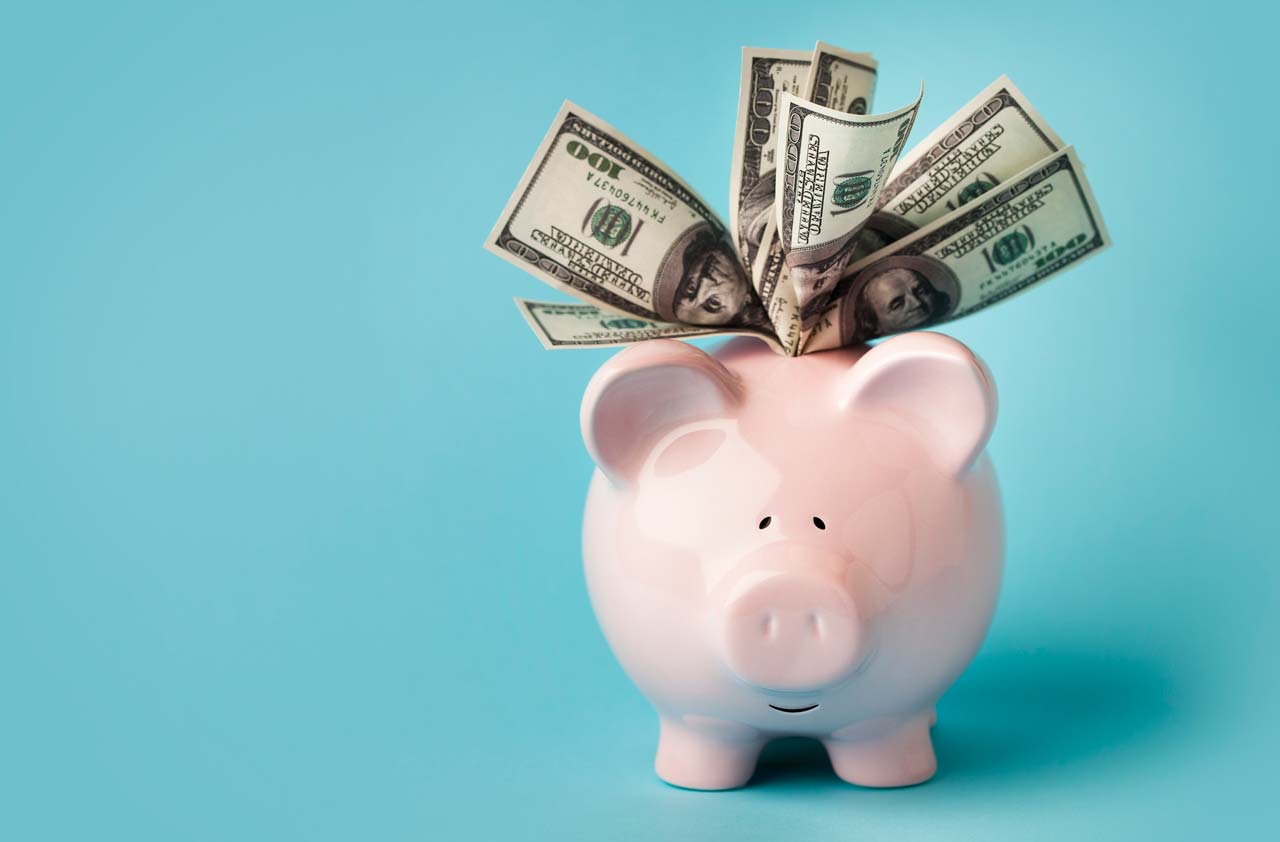
Read enough articles here on Kiplinger.com or in Kiplinger's Personal Finance magazine and soon enough you'll get our emergency-fund lecture: Squirrel away six months worth of living expenses. Shelter it from market losses. Keep it liquid. Tap it in the event of a job loss or medical emergency to avoid raiding your retirement savings or racking up debt.
Sound advice, to be sure. You don't want to scramble for money when your furnace quits in the dead of winter or your car breaks down en route to work. Sudden costs don't have to end up on your credit card bill, putting you on a path to uncontrollable debt, says Andrew Schrage, co-owner of the Money Crashers personal finance website.
But for many people, amassing an emergency fund is easier said than done. After all, for the average American household, six months of living expenses adds up to nearly $30,000. That's a lot to save, especially when you're supposed to stash it in a low-return, high-liquidity account that won't add much in the way of compounding. Indeed, 52% of families say they don't feel financially prepared for the unexpected, according to a recent report from the Pew Charitable Trusts.
If you're struggling to imagine how you'll ever put aside $30,000 or more, consider these sevenpractical ways to start building an emergency fund now.
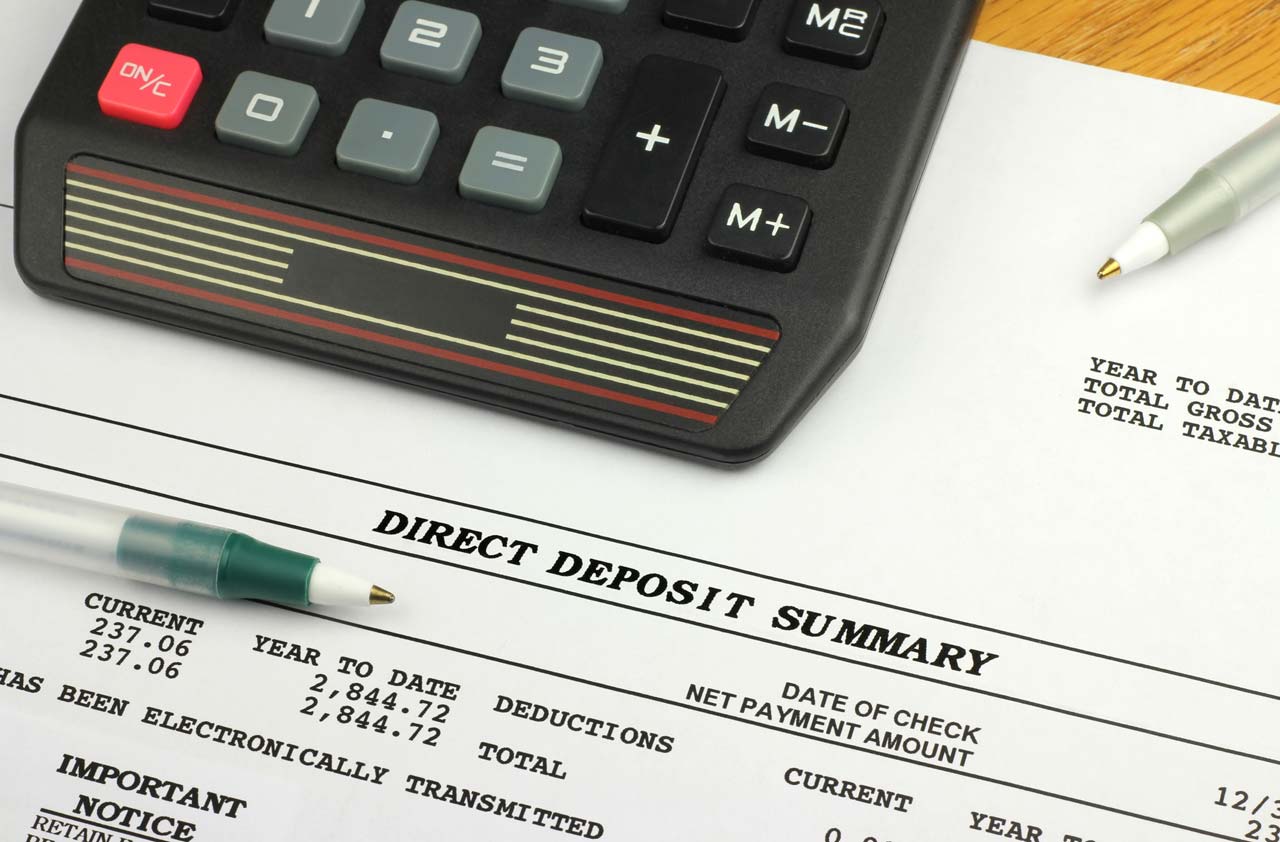
Pay Yourself First
A hassle-free way to ensure that you contribute regularly to an emergency fund is to set up automatic deposits to your savings account, says Sean McQuay, a credit card expert for NerdWallet.com. That way, you'll neither forget to make a monthly contribution to your emergency fund nor allow excess spending to crowd out your planned savings at the end of the month.
You're likely already having your paychecks deposited directly into your checking account. Simply add a second direct deposit with your employer, steering a small portion of your pay to your savings account. Or set up an automatic transfer from your checking account to a savings account. You'll rest easy knowing that your emergency fund is growing steadily on its own.
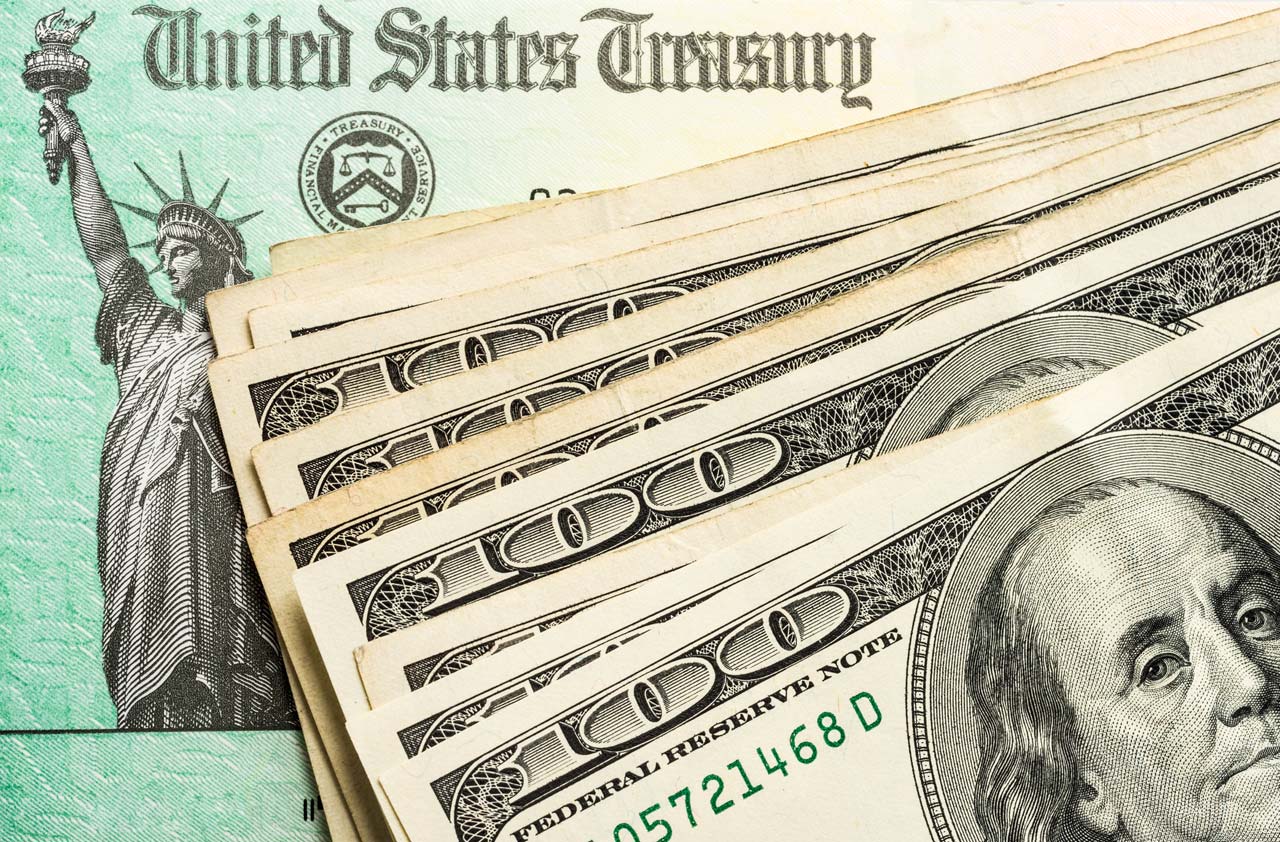
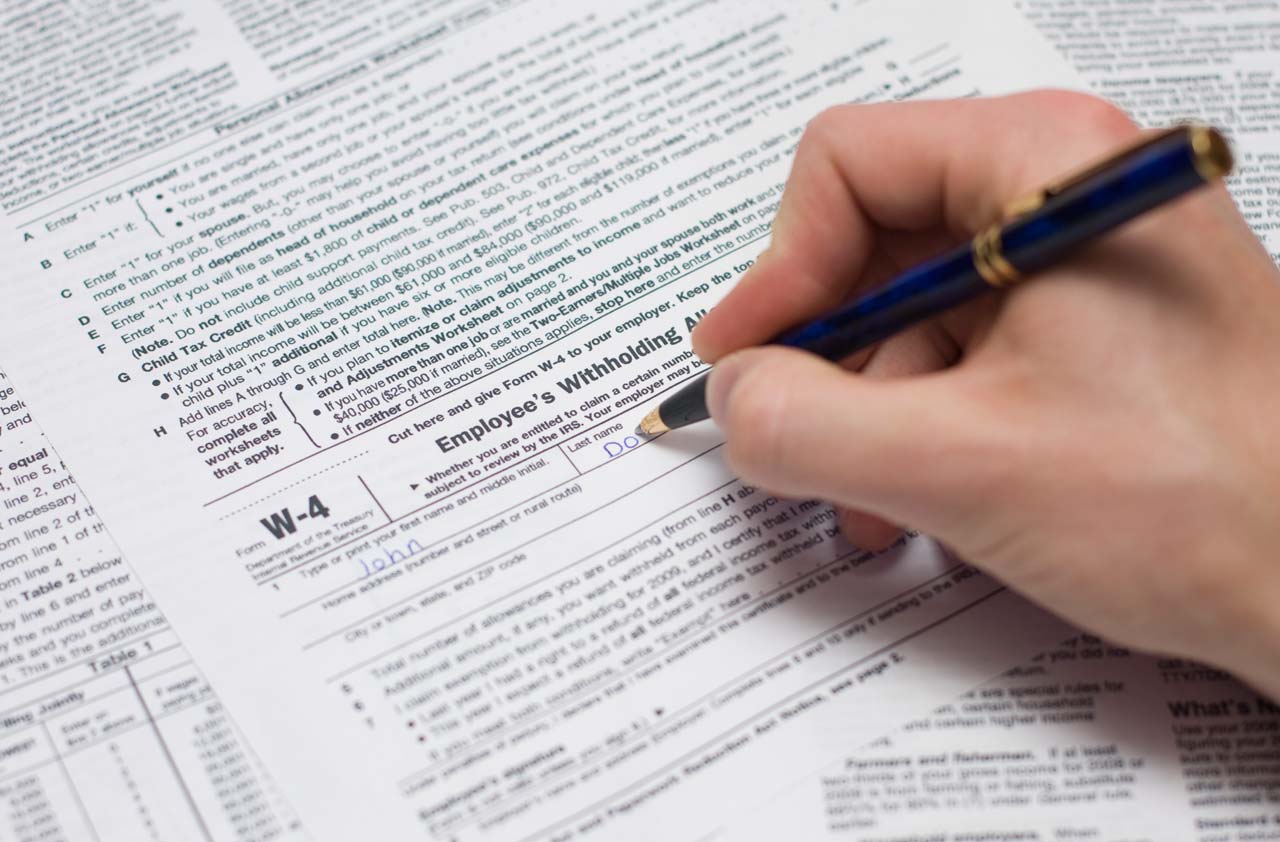
Adjust Your Tax Withholding
Now that you've put this spring's tax refund to good use in your emergency fund, let's take a different approach with your taxes going forward. Instead of waiting until next spring to receive another refund to add to your emergency fund, adjust your tax withholding now in order to receive more money in your paycheck each pay period. (Our Easy-to-Use Tax Withholding Calculator will show you exactly how much extra cash you could be taking home.)
To make the change, you'll need to submit a revised W-4 form to your employer. You should see the adjustment in your next paycheck. Remember, the extra cash you receive shouldn't be spent frivolously. If you have an automatic transfer to an existing emergency fund set up, increase the amount to account for the additional money you'll be receiving.

Find a Part-Time Job to Earn Extra Cash
If your schedule permits, pick up some part-time work to boost your savings. In addition, "expanding your income stream can help provide protection against the inevitable swings of economic cycles," says consumer savings expert Andrea Woroch.
Consider turning a passion -- say, copywriting or web design or music -- into a side job, using your skill set to help small businesses via freelancing sites such as Upwork.com or Fiverr.com. Or sign up for TaskRabbit.com, which lets you help individuals with their errands and odd jobs during your spare time for a small fee, Woroch adds.

Cut Back on Monthly Expenses
Don't have the time or inclination to put in extra hours to generate more income? Instead, scale back on everyday expenses to free up money in your budget to contribute regularly to your emergency fund.
To save on costly takeout meals throughout the week, prep your own meals on the weekends, and freeze them for quick access on weeknights, Woroch recommends. You can also reduce fixed expenses, such as car insurance (consider 14 Discounts You Can Get on Your Auto Insurance), home insurance (see One Simple Way to Cut Your Home Insurance Premiums), your mobile phone plan (see 8 Best Wireless Phone Plans for Every Type of User) or cable TV service (see Save Big by Getting Rid of Your Cable TV). It may be as simple as calling your service provider and requesting a discount, Woroch says.
If you save $100 a month with these moves, put $100 a month into your emergency fund.
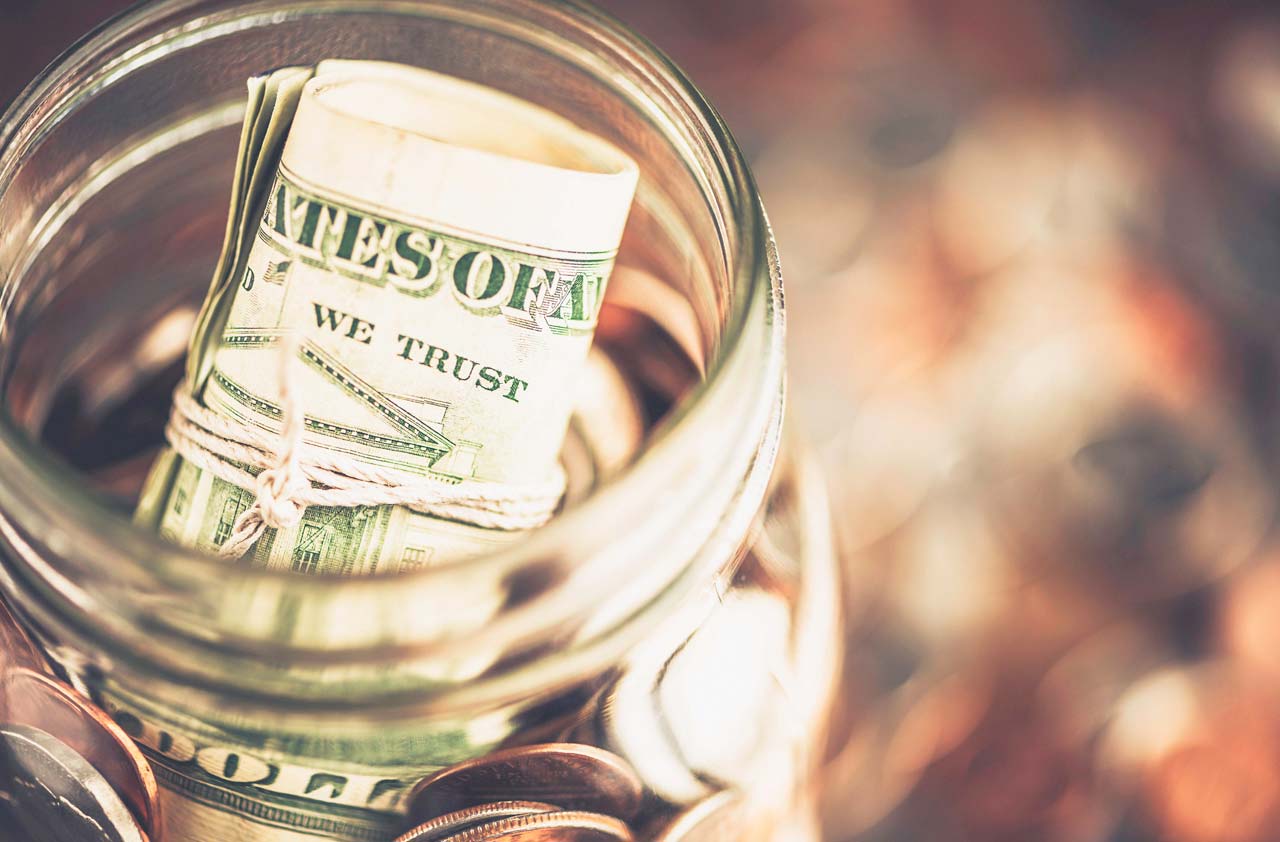
Save Your Spare Change
Think about all the loose change you find in your car, your purse or around the house -- or the few dollars in change that your pocket accumulates throughout a busy day of errands. It adds up.
- Keep a jar or lockbox somewhere in your home where you can routinely toss spare change. Every three months, tally it up and deposit it into your emergency fund.
Don't use cash often? There are smartphone apps that can help you make the most of the "spare change" lingering in your checking account. Money Crashers' Schrage suggests digit, which, when linked to your checking account, analyzes your income and daily spending habits and then recommends a small amount to be transferred to your savings account. He also likes Acorns, an app that rounds up your everyday purchases (i.e., coffee, movie tickets or lunch) to the nearest dollar, then moves the difference into a diversified portfolio recommended for you. (Both apps are available on iTunes and Google Play; digit is free, but Acorns charges $1 per month plus an annual 0.25% commission on balances greater than $5,000.)
Some banks, including Bank of America and Wells Fargo, will even move the "spare change" from your debit-card purchases into your savings account.
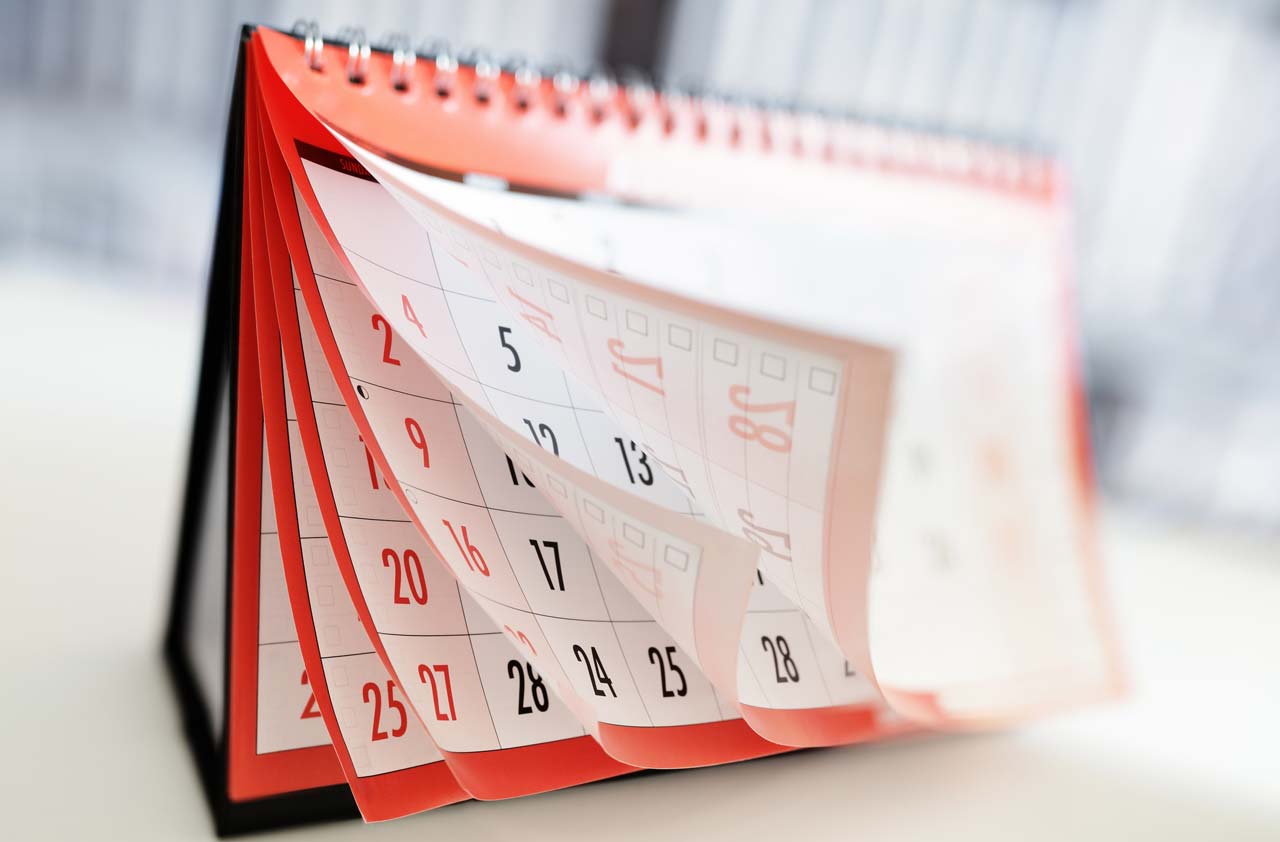
Take the 52-Week Challenge
We've seen this tactic championed across the internet, and my husband and I are using it this year. Here's how it works: Starting the first week in January, set aside one dollar for your emergency fund. Easy, right? In week two, save two dollars. And so on. Every week, you need to stretch to save only one more dollar than the previous week. By the end of the year, you'll be setting aside $52 a week.
And by then, you will have saved nearly $1,400. "Such incremental savings help people stay on target and reach their goal because it's easier to make small changes than complete life overhauls," Woroch says.
Want to give it a try? Remember, if you're starting the challenge today, you'll need to play catch-up with your contributions to meet your $1,400 savings goal by the end of the year.
Profit and prosper with the best of Kiplinger's advice on investing, taxes, retirement, personal finance and much more. Delivered daily. Enter your email in the box and click Sign Me Up.

Browne Taylor joined Kiplinger in 2011 and was a channel editor for Kiplinger.com covering living and family finance topics. She previously worked at the Washington Post as a Web producer in the Style section and prior to that covered the Jobs, Cars and Real Estate sections. She earned a BA in journalism from Howard University in Washington, D.C. She is Director of Member Services, at the National Association of Home Builders.
-
 Introducing Your CD's Edgier Cousin: The Market-Linked CD
Introducing Your CD's Edgier Cousin: The Market-Linked CDTraditional CDs are a safe option for savers, but they don't always beat inflation. Should you try their counterparts, market-linked CDs, for better returns?
-
 'Humbug!' Say Consumers, Despite Hot GDP: Stock Market Today
'Humbug!' Say Consumers, Despite Hot GDP: Stock Market Today"The stock market is not the economy," they say, but both things are up. Yet one survey says people are still feeling down in the middle of this complex season.
-
 The SEC Is Concerned for Older Investors and Retirement Savers. Here's What You Should Know
The SEC Is Concerned for Older Investors and Retirement Savers. Here's What You Should KnowThe SEC focusing on older investors, retirement and college savers, and private securities. Here's how those changes impact you.
-
 What to Do With Your Tax Refund: 6 Ways to Bring Growth
What to Do With Your Tax Refund: 6 Ways to Bring GrowthUse your 2024 tax refund to boost short-term or long-term financial goals by putting it in one of these six places.
-
 What Does Medicare Not Cover? Eight Things You Should Know
What Does Medicare Not Cover? Eight Things You Should KnowMedicare Part A and Part B leave gaps in your healthcare coverage. But Medicare Advantage has problems, too.
-
 15 Reasons You'll Regret an RV in Retirement
15 Reasons You'll Regret an RV in RetirementMaking Your Money Last Here's why you might regret an RV in retirement. RV-savvy retirees talk about the downsides of spending retirement in a motorhome, travel trailer, fifth wheel, or other recreational vehicle.
-
 The Six Best Places to Retire in New England
The Six Best Places to Retire in New Englandplaces to live Thinking about a move to New England for retirement? Here are the best places to land for quality of life, affordability and other criteria.
-
 The 10 Cheapest Countries to Visit
The 10 Cheapest Countries to VisitWe find the 10 cheapest countries to visit around the world. Forget inflation and set your sights on your next vacation.
-
 15 Ways to Prepare Your Home for Winter
15 Ways to Prepare Your Home for Winterhome There are many ways to prepare your home for winter, which will help keep you safe and warm and save on housing and utility costs.
-
 Six Steps to Get Lower Car Insurance Rates
Six Steps to Get Lower Car Insurance Ratesinsurance Shopping around for auto insurance may not be your idea of fun, but comparing prices for a new policy every few years — or even more often — can pay off big.
-
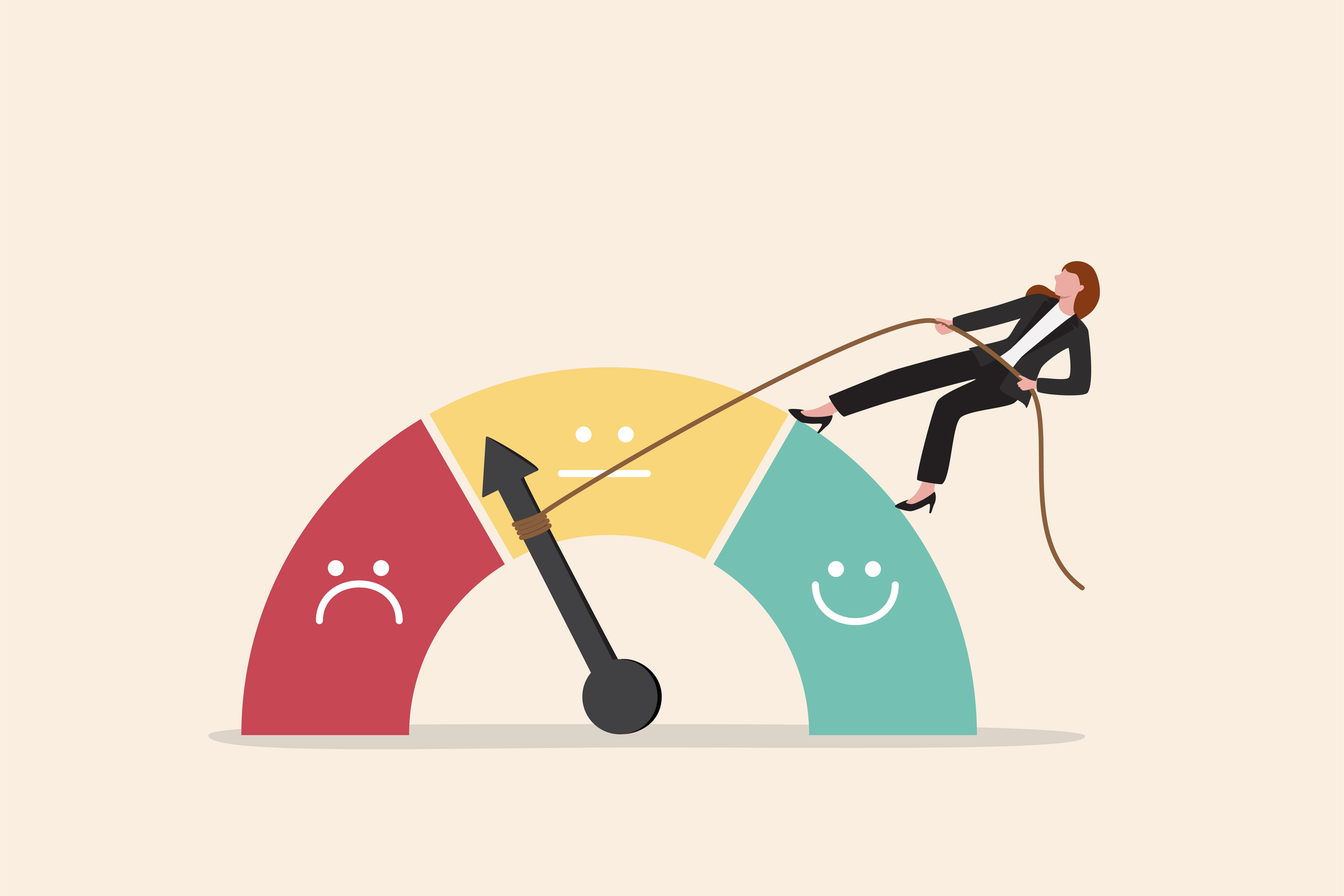 How to Increase Credit Scores — Fast
How to Increase Credit Scores — FastHow to increase credit scores quickly, starting with paying down your credit card debt.
